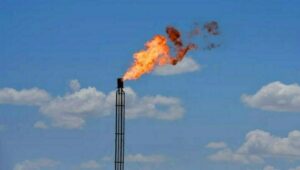Pakistan launches its first historic mission to the moon
2 min read
Pakistan launches its first mission to moon. Satellite ICUBE-Q (Qamar) has been attached to the Chinese mission Change 6 (which is the sixth mission of China in the space).Chang’e-6 launches from Hainan space centre from China where Pakistan experts were also present to witness the historic moment.
In Hainan space centre team from Pakistan engineers and experts also witness the historic moment. From Islamabad Director from Institute of Space Technology Shafaat Ali said “this is a milestone that Pakistan has achieved after launching the satellite. ICUBE-Q will rotate in the orbit around the moon, two cameras fixed in the satellite will take photos of the moon and initially send it to the Hainan Space centre in China. After that these images will be share with IST and Suparco and satellite will be operated from the ground”. He added these images will help engineers and experts to learn about the environment of moon and increase motivation to send separate mission to moon in future.
The satellite has been designed and developed by the Institute of Space Technology (IST) in collaboration with China’s Shanghai University and Pakistan’s national space agency SUPARCO.
Chang’e-6 mission launches to retrieve samples from far side of the moon. The 53-day mission aims to bring around two kilograms of lunar samples to Earth for analysis. It will try to re-launch from the side of the moon facing away from Earth. This is described as the dark side of the Moon because it is invisible from Earth, not because it does not catch the sun’s rays.
Chang’e-6 will collect samples from the far side of the Moon for the first time, Vice director of Ge Ping, China’s Lunar Exploration and Space Engineering Center said in an interview.
Five years ago China became the first country to land a rover on the Moon’s far side. By 2030, it aims to have put its first astronauts on the Moon, and to have sent probes to collect samples from Mars and Jupiter.
The quest to send a lunar orbiter started in 2022 when the China National Space Agency (CNSA), through the Asia Pacific Space Cooperation Organization (APSCO), offered member states an opportunity to send a student-built payload through Chang’e 6 mission. Among eight countries Pakistan has qualified for the program.




